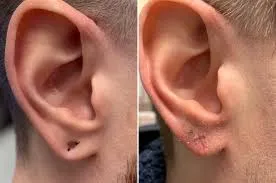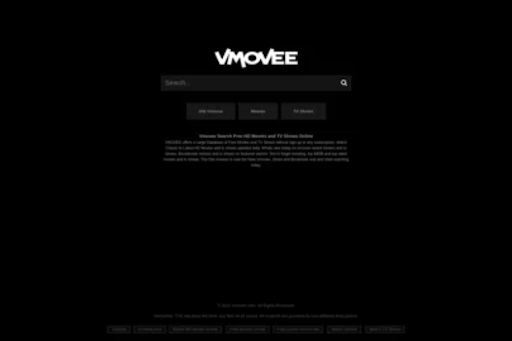
Glaucoma is an eye condition that affects many people and is a primary cause of vision impairment. While it can progress silently, it is manageable with proper monitoring and interventions. Here is information about how glaucoma impacts vision, prevention strategies, and available treatments:
What Is Glaucoma, and What Are Its Effects on Vision?
Glaucoma is a group of eye conditions that can damage the optic nerve, which is key for transmitting visual information from the eye to the brain. The condition is often associated with increased pressure inside the eye, known as intraocular pressure. If this ailment is left untreated, the pressure can progressively harm the optic nerve.
Damage caused by glaucoma typically starts with peripheral vision. In the early stages, individuals may notice difficulty detecting objects at the edges of their field of view while their central vision remains unaffected. If the condition advances, it may lead to tunnel vision or, in extreme cases, complete vision loss. Since this ailment often develops gradually, many individuals may not recognize changes in their vision until the disease has advanced.
Primary open-angle glaucoma is the most common form and develops slowly. Another type, angle-closure glaucoma, occurs suddenly and may present with symptoms such as severe eye pain, blurred vision, and nausea. Early detection is key to managing the condition effectively.
What Are Prevention Strategies and Treatments for Glaucoma?
While glaucoma cannot always be prevented, individuals can take steps to minimize risks and manage the condition effectively. Regular comprehensive eye exams are requisite for early detection. Adults, especially those over the age of 40 or with a family history of glaucoma, benefit from routine screenings to monitor intraocular pressure and examine the optic nerve.
Treatment options for this ailment include reducing intraocular pressure to slow the progression of damage. Prescription eye drops are a standard first-line treatment designed to either decrease fluid production in the eye or improve its drainage. If eye drops are ineffective, a specialist may prescribe oral medications to lower pressure.
Depending on the severity of the condition, a specialist may recommend advanced procedures, such as laser therapy or surgical interventions. Laser trabeculoplasty can improve fluid drainage, while surgical procedures like trabeculectomy or shunt implants create new pathways for fluid to drain. These approaches are tailored to the individual and depend on factors such as the type and progression of glaucoma.
Lifestyle adjustments may also contribute to managing eye health. In conjunction with medical treatment, specialists often advise maintaining a healthy diet, exercising moderately, and avoiding activities that dramatically increase eye pressure. Close communication with an eye care professional establishes that the chosen treatment plan stays aligned with patient needs.
Learn More About the Effects of Glaucoma and How to Treat Them
Glaucoma is a condition that requires awareness and ongoing management to protect vision effectively. Regular eye exams, early detection, and adherence to prescribed treatments all contribute to maintaining eye health and preventing further damage. To learn more about how glaucoma impacts your vision and the steps you can take to manage it, consult an eye care specialist.






